2,4,6-TRINITRORESORCINOL
- CAS NO.:82-71-3
- Empirical Formula: C6H3N3O8
- Molecular Weight: 245.1
- MDL number: MFCD00024241
- EINECS: 201-436-6
- SAFETY DATA SHEET (SDS)
- Update Date: 2024-12-18 14:15:32
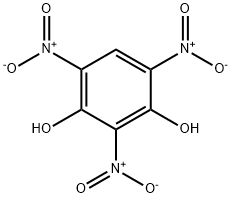
What is 2,4,6-TRINITRORESORCINOL?
Chemical properties
Yellow crystals; astringent taste. An initiating explosive. Forms addition compounds with many hydrocarbons; soluble in alcohol and ether; slightly soluble in water.
The Uses of 2,4,6-TRINITRORESORCINOL
2,4,6-Trinitroresorcinol has been used in the manufacture of explosives.
General Description
A yellowish, crystalline solid. May explode under exposure to heat or fire. Primary hazard is blast of an instantaneous explosion, not flying projectiles or fragments. Used as a priming agent. Very sensitive to heat. Water is added to lessen the explosion hazard.
Reactivity Profile
Aromatic nitro compounds, such as TRINITRORESORCINOL, range from slight to strong oxidizing agents. If mixed with reducing agents, including hydrides, sulfides and nitrides, they may begin a vigorous reaction that culminates in a detonation. The aromatic nitro compounds may explode in the presence of a base such as sodium hydroxide or potassium hydroxide even in the presence of water or organic solvents. The explosive tendencies of aromatic nitro compounds are increased by the presence of multiple nitro groups.
Hazard
Severe explosion risk when heated.
Health Hazard
Fire may produce irritating, corrosive and/or toxic gases.
Fire Hazard
MAY EXPLODE AND THROW FRAGMENTS 1600 meters (1 MILE) OR MORE IF FIRE REACHES CARGO.
Safety Profile
Very explosive. Upon decomposition it emits toxic fumes of NOx. See also NITRO COMPOUNDS of AROMATIC HYDROCARBONS and EXPLOSIVES, HIGH.
Purification Methods
Crystallise the phenol from ethyl acetate or water containing HCl [EXPLODES violently on rapid heating.] Its solubility in H 2O is 0.7% at 20o and 3% at 100o. It forms addition compounds with aromatic hydrocarbons, e.g. naphthalene (m 168o), anthracene (m 180o), phenanthrene (m 142o), fluorene (m 134o) and retene (m 141o). [Beilstein 6 H 830, 6 III 4354, 6 IV 5699.]
Properties of 2,4,6-TRINITRORESORCINOL
| Melting point: | 175.5°; mp 179-180° |
| Boiling point: | 388.06°C (rough estimate) |
| Density | 2.012±0.06 g/cm3(Predicted) |
| refractive index | 1.6910 (estimate) |
| pka | 1.20±0.10(Predicted) |
| Water Solubility | 5.4g/L(25 ºC) |
| EPA Substance Registry System | 1,3-Benzenediol, 2,4,6-trinitro- (82-71-3) |
Safety information for 2,4,6-TRINITRORESORCINOL
Computed Descriptors for 2,4,6-TRINITRORESORCINOL
New Products
Indole Methyl Resin tert-butyl 9-methoxy-3-azaspiro[5.5]undecane-3-carboxylate Boc-His(Boc)-OH 2-CTC Resin 4-Chloro-7-tosy1-7Hpyrrolo[2,3-d]pyrimidine 5,7-Dibromo-1H-indole 2,5-dichloro-N-hydroxy-4,6-dimethylpyridine-3-carboximidamide 2,2-Dimethoxy-7-azaspiro[3.5]nonane hydrochloride 4-chloromethyl-5-methyl-1,3-dioxol-2-one (DMDO-Cl) R-2-BENZYLOXY PROPIONIC ACID 1,1’-CARBONYLDIIMIDAZOLE 1,1’-CARBONYLDI (1,2-4 TRIAZOLE) N-METHYL INDAZOLE-3-CARBOXYLIC ACID 4-((2-hydroxyethyl)thio)benzoic acid 1-(TERT-BUTOXYCARBONYL)-2-PYRROLIDINONE Methyl 6-methylnicotinate 3-Pyridineacrylic acid tert-Butyl carbazate TETRAHYDRO-2H-PYRAN-3-OL 2-((4-morpholinophenylamino) (methylthio) methylene) malononitrile 3-(4-morpholinophenylamino)-5-amino-1H-pyrazole-4-carbonitrile 2,4-dihydroxybenzaldehyde 1,3-Diethyl-1,3-Diphenylurea Methyl 2-methylquinoline-6-carboxylateRelated products of tetrahydrofuran
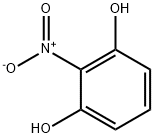
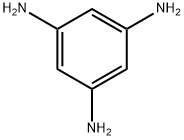

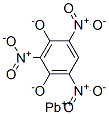
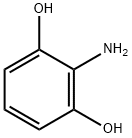
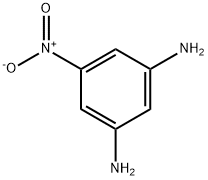
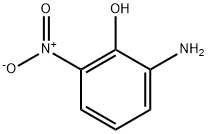
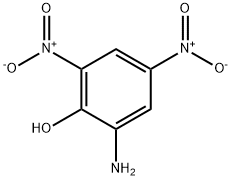
You may like
-
 Reagent Grade Styphnic Acid, For Laboratory, 99%View Details
Reagent Grade Styphnic Acid, For Laboratory, 99%View Details
82-71-3 -
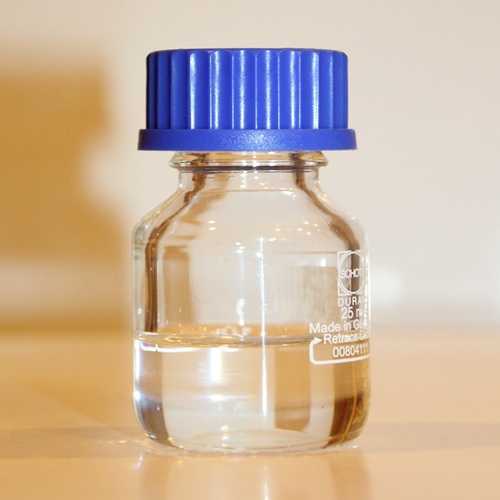 Pyridine 99.5% HPLC /UV SpectroscopyView Details
Pyridine 99.5% HPLC /UV SpectroscopyView Details
110-86-1 -
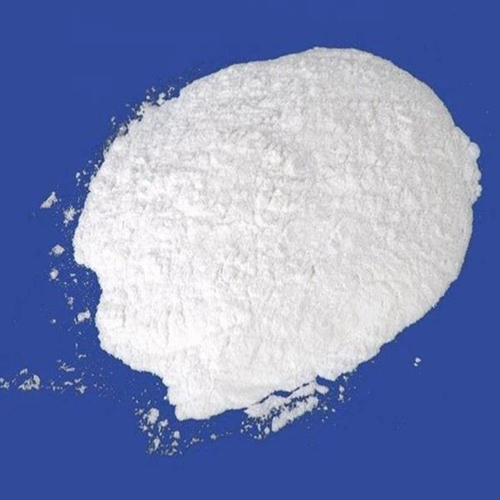 Guanine , 99%View Details
Guanine , 99%View Details
73-40-5 -
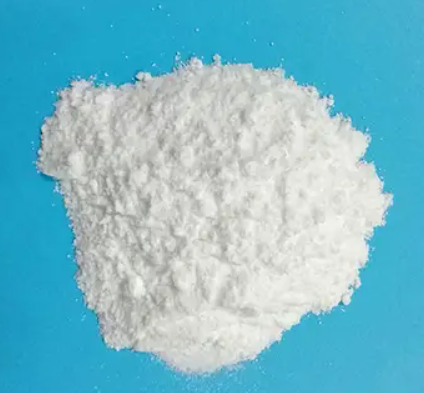 Piperazine Spot supply, best priceView Details
Piperazine Spot supply, best priceView Details
110-85-0 -
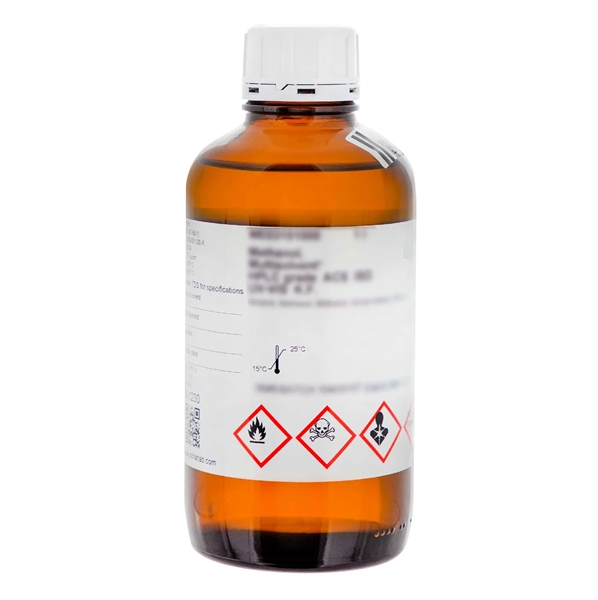 Dibutyl PhthalateView Details
Dibutyl PhthalateView Details
84-74-2 -
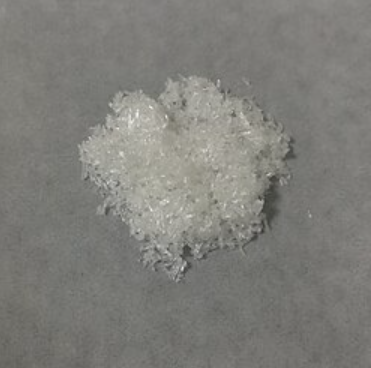 Imidazole Spot supply, competitive priceView Details
Imidazole Spot supply, competitive priceView Details
288-32-4 -
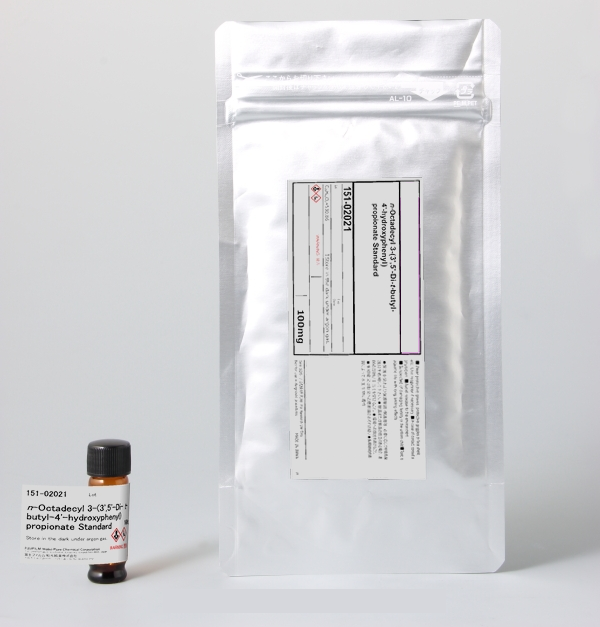 Octadecyl 3-(3,5-di-tert-butyl-4-hydroxyphenyl)propionate 98% (GC)View Details
Octadecyl 3-(3,5-di-tert-butyl-4-hydroxyphenyl)propionate 98% (GC)View Details
2082-79-3 -
 Thiourea 99% ARView Details
Thiourea 99% ARView Details
62-56-6
